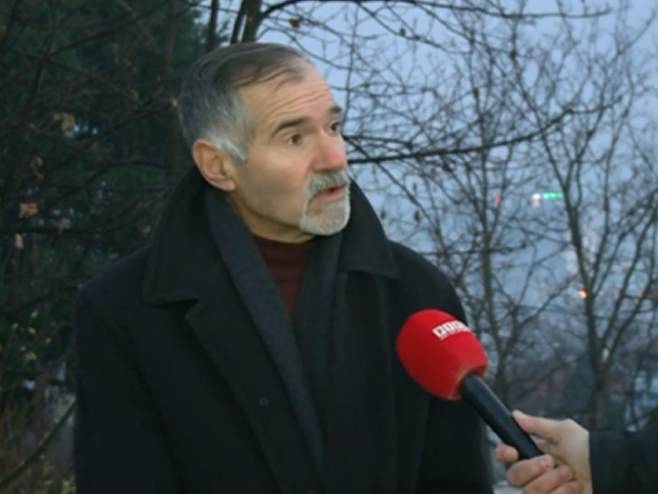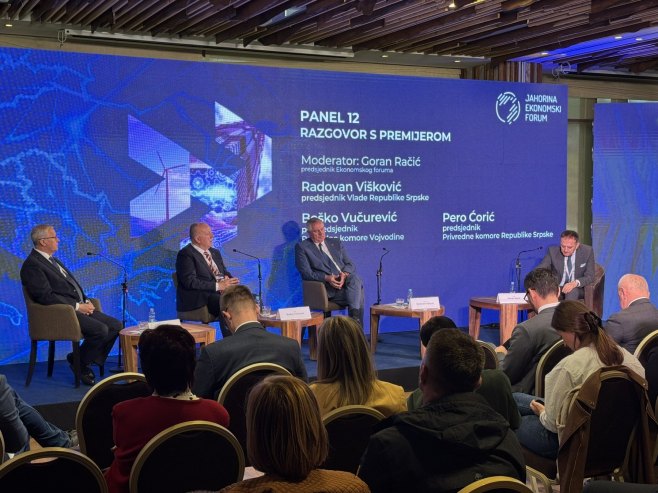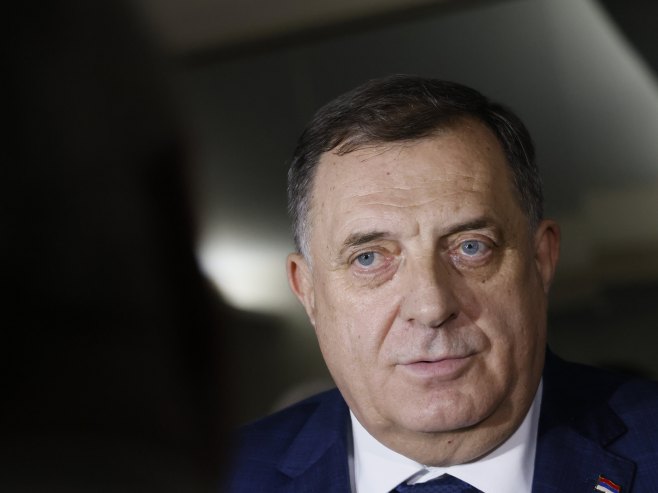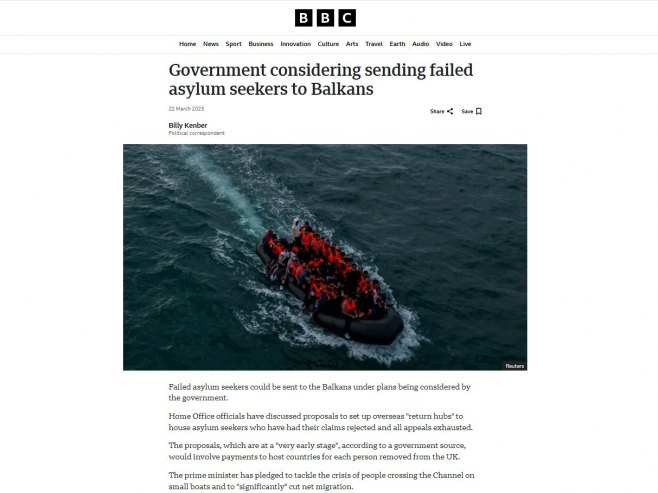The upcoming NATO Summit in The Hague, scheduled for late June, could represent a pivotal moment for reassessing the Euro-Atlantic security architecture. As new strategic priorities are being formulated, Europe—burdened by internal weaknesses, divisions, and institutional misalignment—is increasingly marked by negative trends, further amplified by accelerated militarization. Diverging approaches to the “Russian factor” – cited as the primary reason for boosting defense investments and enhancing capabilities – are narrowing the space for strategic cohesion and long-term alignment among allied states.
At the same time, the question of Europe’s capacity to develop its own security policy and institutional stability without external support is gaining relevance—especially in light of the reorientation of strategic priorities by the United States, traditionally regarded as the guarantor of European security, toward the Indo-Pacific and China. This shift has sparked growing concern within European circles about a potential reduction in U.S. presence. Although there have been no official confirmations regarding U.S. troop withdrawal from Europe, there is a mounting narrative about Washington’s strategic pivot toward the Asia-Pacific, supported by statements from senior officials including U.S. Secretary of Defense Pete Hegseth and Deputy Secretary Elbridge Colby. Within this context, scenarios predicting troop drawdowns once again raise the question of who, and in what manner, could fill the resulting security vacuum in Europe.
According to a report by the International Institute for Strategic Studies in London, published in May 2025 and focused on Europe’s defense in the absence of the United States, it is estimated that the total cost of replacing American capabilities could reach one trillion dollars over the next twenty-five years. This includes one-time procurement costs ranging from 226 to 344 billion dollars, as well as additional expenditures for maintenance, personnel, and logistical support—far exceeding the current capacities of most European countries. In addition to financial strain, a major challenge lies in the lack of political will within certain member states and public opposition to long-term increases in defense spending, which further limits the space for systematically strengthening capabilities. Despite rhetoric about “strategic autonomy,” Europe remains fundamentally dependent on American power—not only militarily but also in a political and strategic sense.
The European Union’s Defense Fund, amounting to 150 billion euros and formally adopted on 27 May 2025 under the name Security Action for Europe (SAFE), has been presented as a step toward enhancing Europe’s defense self-sufficiency. SAFE, a new instrument that expands the concept of the existing European Defence Fund, allows member states to use joint borrowing to finance defense projects, with the requirement that at least 65% of contract value comes from companies based in the EU, the European Economic Area, or Ukraine, in line with the “buy European” principle. Although this initiative is formally part of a broader strategy to bolster Europe’s defense autonomy and reduce dependence on external support, its structure and existing funding distribution practices suggest that EU security policy remains largely aligned with U.S. interests. Europe continues to heavily rely on American sources of military equipment, technology, and doctrinal support. Even though several European countries—such as France, Germany, Italy, Spain, and Sweden—possess developed defense and technological capacities, the essential question remains whether those capacities are sufficient, coordinated, complementary, and financially supported enough to form the foundation of true technological and operational sovereignty. Although the fund is formally under the authority of the European Commission, leading member states such as Germany and France retain de facto control over allocation—something smaller countries understandably perceive as instrumentalization rather than equal cooperation. In this context, the rhetoric of “autonomy” increasingly serves as a façade for the absence of a genuinely shared vision.
Beyond institutional and conceptual differences, further complexity is added by political initiatives originating within NATO itself. Particularly telling is the declaration of the NATO Parliamentary Assembly, adopted on 26 May 2025 during its session in Dayton (USA), which calls for further increases in defense spending and intensified support for Ukraine, including open calls for engagement of the NATO–Ukraine Council during the Hague Summit. Although presented as a sign of unity, this initiative in reality exposes the systemic inability of NATO structures to articulate a long-term and inclusive vision for European security. Unity based on a perception of threat rather than actual political consensus merely obscures the growing geopolitical divides within the Euro-Atlantic space.
Even more challenging are competing visions for Europe’s place in the evolving security architecture. Chancellor Merz’s announcement of a “historic strengthening of the Bundeswehr,” coupled with the deployment of an armored brigade to Lithuania; France’s concept of “European defense sovereignty,” including a nuclear umbrella and independent command structures; and Poland’s large-scale procurement of weapons and military equipment in its effort to become the backbone of NATO’s eastern flank—all reflect sharply diverging strategic approaches. The United Kingdom, though outside the EU, continues bilateral initiatives, particularly with Scandinavian and Baltic countries. At the core of these efforts—especially in light of potential reductions in the American military footprint—is a struggle for the leading security role in Europe. This state of affairs produces divergent visions of European security that fail to create synergy and instead deepen institutional and political divides.
The NATO Summit in The Hague will not merely serve as an opportunity for military-strategic alignment among Euro-Atlantic partners—it will also act as a mirror reflecting Europe’s actual capacity to define its role in a rapidly changing world. Without the ability to independently position itself in the international order, and lacking internal coherence to ensure coordinated action, Europe remains confined to the role of a dependent actor in a geopolitical space shaped by others. Rather than a systemic strategy, what still dominates are reactivity, institutional fragmentation, and reliance on external security guarantees.
Absent a vision in which Russia is accepted as an integral part of the continental security architecture, any attempt to build a new order is based on the presumption of prolonged confrontation. Such an approach does not bring stability—it reinforces internal polarization, obstructs the development of an autonomous, functional, and resilient European space, and increases dependency. In this context, the upcoming summit in The Hague represents an opportunity for Europe to demonstrate political maturity and move beyond conceptual dependence on the paradigm of permanent confrontation with Russia.
Source: CPDIRS









